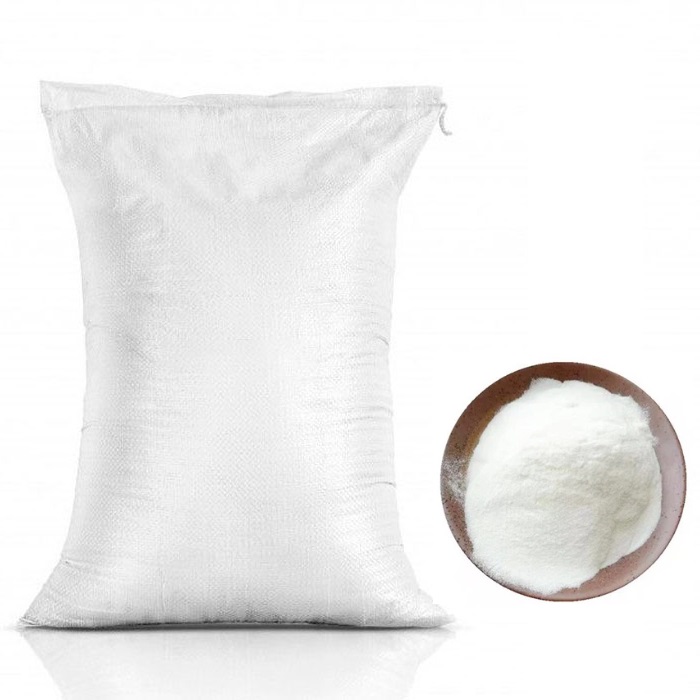Description
Sodium nitrite
Sodium nitrite is a white or slightly yellow powder, as well as its aqueous solutions. It has the chemical formula NaNO₂. You can also find such names as diazoting salt, erinitrit. The powder dissolves easily. It is oxidized by oxygen in the air to sodium nitrate. In chemical reactions it acts as a strong reducing agent. Available in powder or solution form.
Areas of use
The chemical compound sodium nitrite is poisonous and hazardous to health in high concentrations.
In construction, sodium nitrite is added to concrete mixtures to prevent it from freezing. Thus, this additive allows you to work in winter, with temperatures down to -15 C. Sodium nitrate is also used to slow down the corrosion process in air.
Due to its antioxidant properties, sodium nitrite is used in photography.
Where else is sodium nitrite used:
- In the production of rubber.
- In the textile industry.
- In the production of chemical raw materials based on nitro groups.
- In metallurgy for surface treatment of metals.
- In medicine, biology and veterinary medicine.
- In the pulp and paper industry.
- In case of poisoning, cyanide acts as an antidote.
- For the separation of iodine from iodites in technological processes.
This technical substance is packaged in plastic bags, enclosed in paper or other polyethylene bags. All these precautions are related to the toxicity of the reagent. At construction sites and other facilities, regulations require the application of mandatory warning markings. Sodium nitrite can be purchased packaged in bags of no more than 25 kg.
Sodium nitrite – where to buy?
If you are looking for where to buy sodium nitrite technical grade, contact our company ChemLV. We supply these raw materials throughout Latvia and Europe. We provide discounts for wholesale buyers – the final price of ordered product will depend on the volume of your order.
Also take a look at other chemicals and fertilizers presented in our catalog.
Security
Signal word – Danger
Stickers (Pictogram) – GHS03, GHS06, GHS09



Hazard statements –
H272 – may intensify fire; oxidizer
H301 – Toxic if swallowed
H319 – Causes serious eye irritation.
H400 – Very toxic to aquatic life.
Precautionary Statements –
P301 + P310 – IF SWALLOWED: Immediately call a POISON CENTER or doctor/physician.
P304 + P340 – IF INHALED: Remove victim to fresh air and keep at rest in a position comfortable for breathing.
P305 + P351 + P338 – IF IN EYES: Rinse cautiously with water for several minutes. Remove contact lenses if you have them and this is easy to do. Continue rinsing
P210 – Keep away from heat, hot surfaces, sparks, open flames and other sources of ignition. No smoking
P273 – Avoid release to the environment
UN number – UN 1500
Hazard Class – 5.1 (6.1)
Packing Group – III








